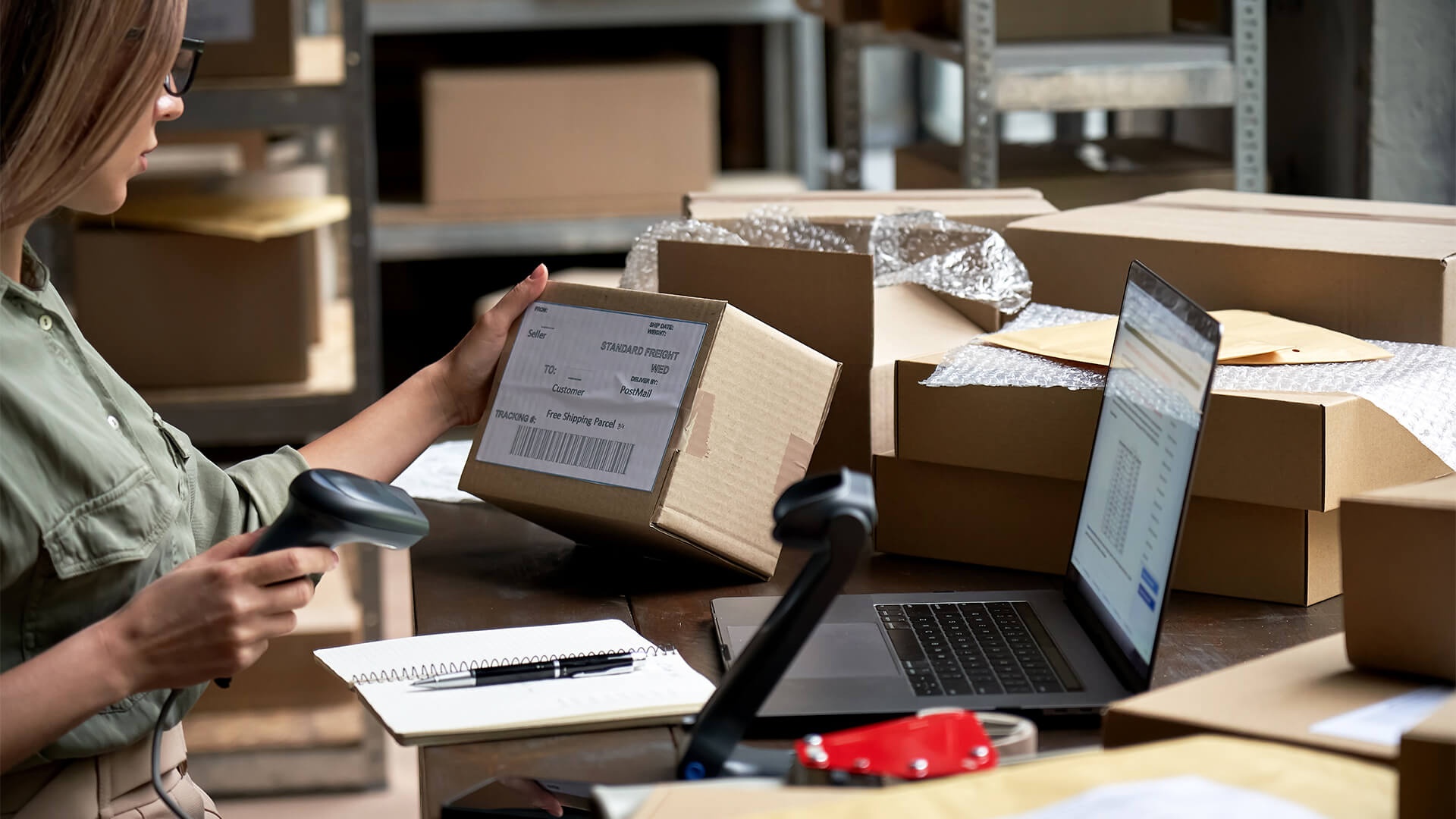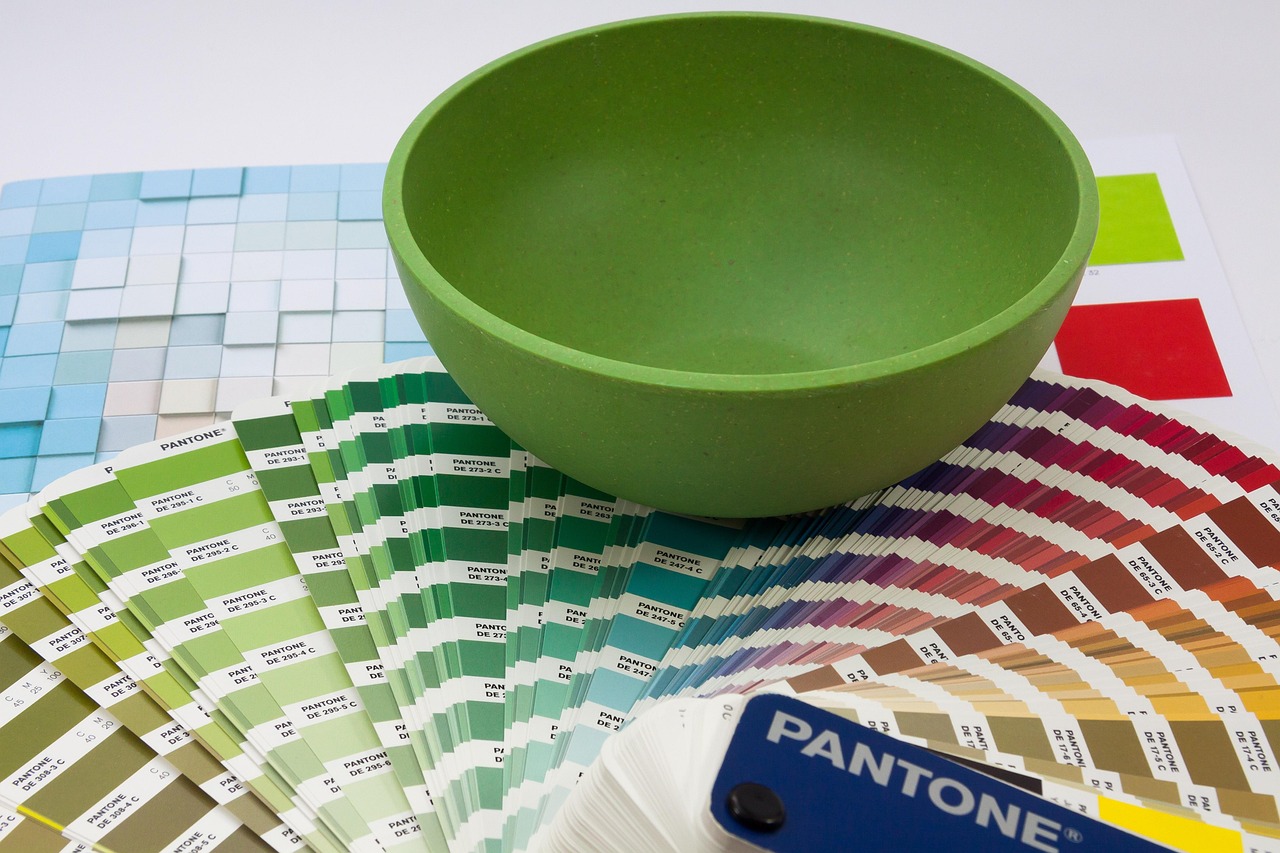Building your business isn’t a walk in the park. Apart from developing the best product, you also need to ensure that you have a strong marketing strategy and provide extraordinary customer service. As a first-time seller, you need to ensure that you arrange your logistics and packaging well to deliver your product to your customers in the best way possible.
If it’s your first-time shipping products and goods, you need to check that everything goes smoothly. Any delivery delays and mishaps in transit could affect your credibility as a business, resulting in an unsatisfied customer experience. Listed below are 5 tips to seamlessly ship your products and goods.
1. Look For the Best Courier
The courier you’re going for will highly affect your business, as they’ll be responsible for the speed of delivery to your customers. Additionally, they’ll also handle your products and ensure that they’ll arrive at your customers in the best condition possible. With that, you should search for the best courier that can meet your needs for delivery service.
As you search for the best courier, you might want to consider going for a load board as they’ll help you save money and time since you’ll be sharing the load with other shippers or freight brokers. However, you should thoroughly research this new shipping scale as it might not be for everyone, especially if you’re still starting new and shipping items in nearby places.
2. Check the Shipping Costs
Before you publish any products online, you should first check the possible shipping costs of your items. You can confirm shipping rates with the courier and relay the price to your customers. Alternatively, you can add a few bucks if you’re going to charge for the packaging cost, such as mailers, boxes, bubble wraps, and honeycomb wrappers. Try to keep the costs at a minimum as many customers are usually deterred by high shipping fees.
When checking the shipping cost, you should also consider the size of the product itself. Most couriers relate the shipping price depending on the size of the actual product or if it can fit the parcel. For your customers who are ordering plenty of items for your business, you should comply with the price increase accordingly. This will prevent you from shouldering the extra shipping cost when allowing your customers to handle them.
3. Ensure Product Safety
Shipping products can be tricky, especially if you’re relying heavily on the courier. To ensure that your products arrive in their best condition to your customers, you should provide maximum product safety as much as possible. This will apply to all kinds of products, no matter how small or large.
For your fragile items such as glass, acrylics, cement, and gadgets, you should wrap them with protective layering as thick as possible. You can use bubble wraps or honeycomb wrappers while putting them inside a box filled with foam peanuts. Ideally, you should wrap the item itself, including the box, to deliver safe packaging for your customers. While it might cost you a bit more, ensure that you add the costs to the product itself, so you don’t lose profits with shipping packaging.
As you’ll be shipping your products by courier, it would be helpful if you could select packaging designs that are easy to send. This will help your products be cost-efficient and save yourself time from wrapping your products and securing them with as many tapes as possible.
4. Set a Ship Out Schedule
Some shipping couriers will require you to drop off your products in their warehouse as they cannot accommodate door-to-door shipping, especially if you’re planning to send out plenty of products on the same day. While it might be tempting to pack and ship the items right away, implementing a shipping schedule will help save gas and energy, especially if you plan to do them one by one.
If you’re still starting new, you might consider setting a weekly or bi-weekly schedule to ship out your products. In most stores, they schedule their ship out date every Monday and Thursday. However, if you’re receiving plenty of orders daily, you should set a shipping schedule for the day wherein you’ll go to your courier’s warehouse to drop them off. Ideally, you should have a cut-off by 10 AM and ship out the orders around 1 to 2 PM.
5. Consider Insurance
If you’re shipping costly products, you should consider getting insurance from your courier to ensure their security. This will also cover any possible damages and help mitigate the risk of losing a sale. With insurance, you can have something to hold on to if something happens with your product.
Different couriers provide various insurance plans for every package. You can consult with numerous shipping services and see which one you would most benefit from. Moreover, you should also consider the insurance cost as they could be an added fee for your customers.
Conclusion
Shipping products for the first time can be tricky, especially since there are plenty of things you should research and consider. There are also inevitable issues you’ll encounter along the way. As you establish your shipping process, find reputable suppliers who can offer the cheapest rates as customers would always prefer to pay a low shipping cost. Additionally, you shouldn’t neglect the courier’s customer service so you wouldn’t have any trouble connecting with them if something happens with your product. Remember the tips above for a seamless shipping process for your business.











